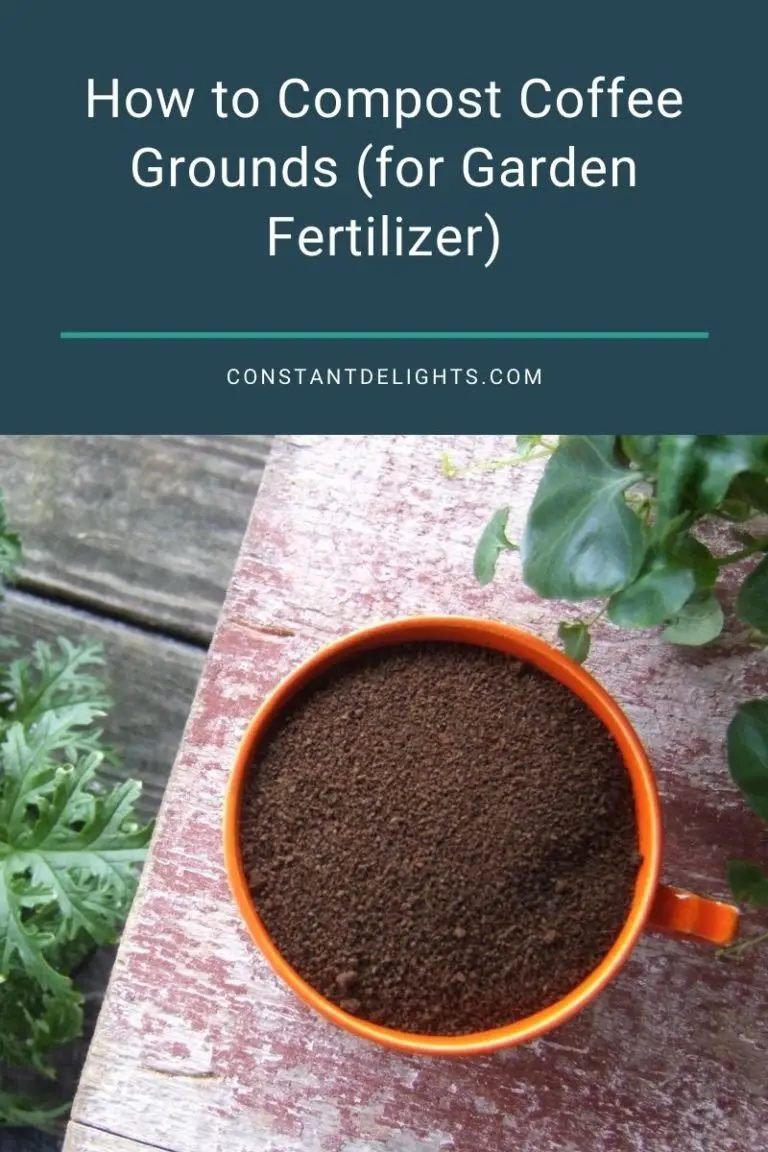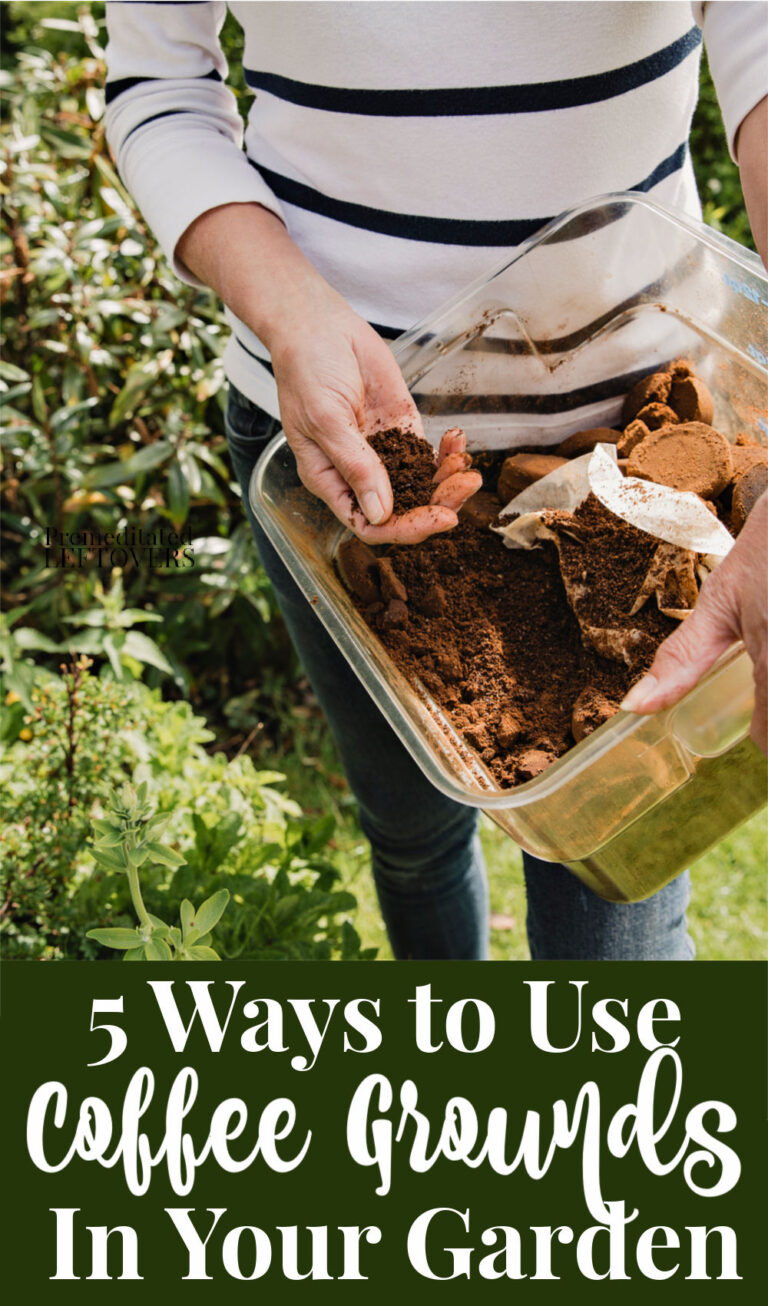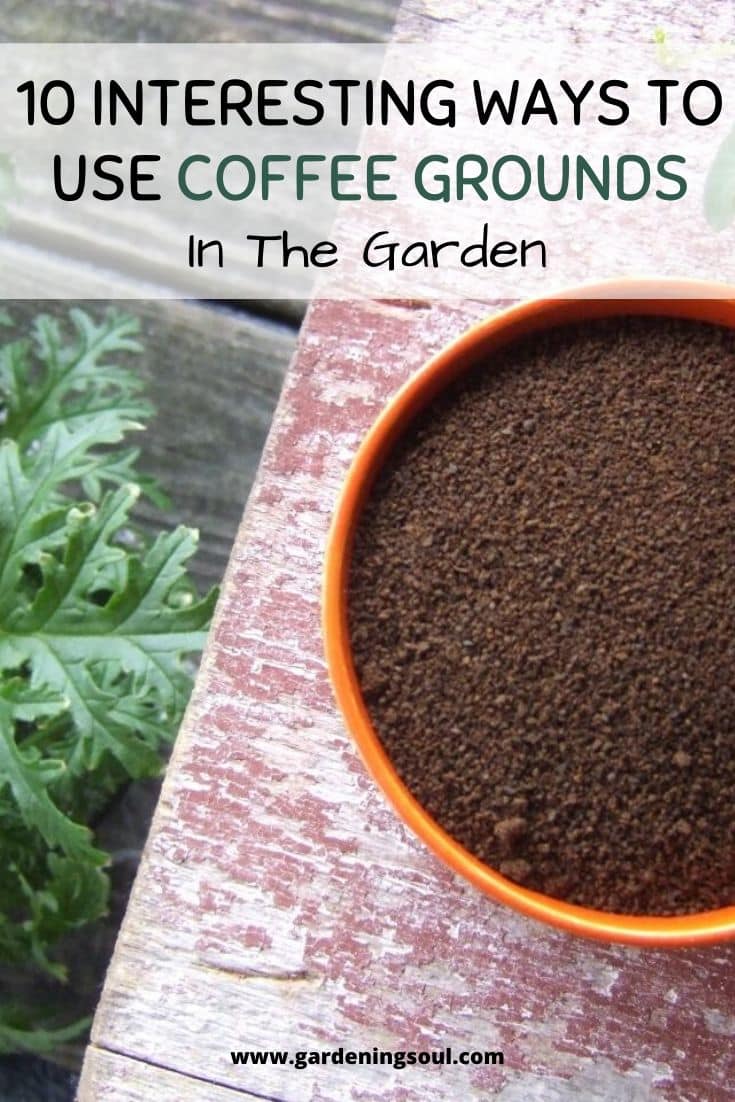Unlock the Power of Coffee in Your Garden
The Surprising Benefits of Coffee Grounds for Your Plants
As gardeners, we’re constantly seeking innovative ways to reduce waste, promote sustainability, and foster healthy plant growth. One often-overlooked solution lies in the humble coffee grounds, typically discarded after brewing. However, using coffee grounds in gardening can have a profound impact on the environment and your plants’ well-being. By repurposing this waste, you’ll not only reduce landfill contributions but also unlock a treasure trove of nutrients and benefits for your garden. From improved soil structure to natural pest control, the advantages of using coffee grounds in gardening are multifaceted and far-reaching. In this article, we’ll delve into the surprising benefits of coffee grounds and explore how to harness their potential in your garden.
How to Harness the Nutrients in Coffee Grounds
Coffee grounds are a nutrient-rich resource that can be leveraged to fertilize plants. The nutrient composition of coffee grounds includes nitrogen, phosphorus, and potassium, making them an ideal natural fertilizer. Nitrogen promotes healthy leaf growth, phosphorus supports root development, and potassium enhances overall plant health. By using coffee grounds in gardening, plants can absorb these essential nutrients, leading to stronger, more resilient growth. To harness the nutrients in coffee grounds, they can be added to soil directly, used as a compost ingredient, or steeped in water to create a fertilizer tea. This versatility makes using coffee grounds in gardening an attractive option for environmentally conscious gardeners seeking to reduce their reliance on synthetic fertilizers.
Improving Soil Structure with Coffee Grounds
One of the most significant advantages of using coffee grounds in gardening is their ability to improve soil structure. Coffee grounds can increase water retention, aeration, and drainage, creating a more hospitable environment for plant growth. This is particularly beneficial for plants that thrive in well-draining soil, such as tomatoes and peppers. By incorporating coffee grounds into the soil, gardeners can reduce the likelihood of waterlogged soil and root rot, common problems that can decimate entire crops. Additionally, the improved aeration and drainage provided by coffee grounds can promote healthy microbial activity, further enhancing soil fertility and plant growth. By using coffee grounds in gardening, gardeners can create a more balanced and sustainable soil ecosystem, ultimately leading to stronger, more resilient plants.
Coffee Grounds as a Natural Pest Repellent
Coffee grounds have been found to possess natural pest-repelling properties, making them a valuable addition to any gardening arsenal. The high acidity and caffeine content in coffee grounds can deter ants, snails, and slugs, common pests that can wreak havoc on gardens. By using coffee grounds in gardening, gardeners can create a barrier that repels these pests, reducing the need for chemical pesticides and maintaining a more sustainable gardening practice. To utilize coffee grounds as a natural pest repellent, simply sprinkle a thin layer around the affected areas or mix them into the soil. This simple yet effective method can help protect plants from damage and promote a healthier, more balanced ecosystem. By incorporating coffee grounds into their gardening routine, gardeners can enjoy the benefits of using coffee grounds in gardening while keeping their plants safe from pests.
Using Coffee Grounds as a Compost Activator
Coffee grounds can be a valuable addition to any compost pile, serving as a natural activator to speed up the decomposition process. The high carbon-to-nitrogen ratio in coffee grounds makes them an ideal “brown” material to balance out the “green” materials, such as food scraps and grass clippings, in the compost pile. By incorporating coffee grounds into the compost, gardeners can create a nutrient-rich soil amendment that will benefit their plants. The coffee grounds will help to attract beneficial microorganisms, which will break down the organic matter more efficiently, resulting in a faster and more effective composting process. When using coffee grounds in gardening, it’s essential to mix them with other compost materials in the right proportions to achieve the optimal carbon-to-nitrogen ratio. By doing so, gardeners can create a thriving compost ecosystem that will provide their plants with the necessary nutrients for healthy growth.
Creating a Coffee Ground Fertilizer Tea
One of the most effective ways to utilize coffee grounds in gardening is by creating a fertilizer tea. This liquid solution is a nutrient-rich fertilizer that can be used to provide plants with a boost of essential micronutrients. To create a coffee ground fertilizer tea, start by adding 1 cup of coffee grounds to a 5-gallon bucket of water. Let the mixture steep for 2-3 days, stirring occasionally, to allow the nutrients to dissolve into the water. Strain the liquid and use it as a fertilizer for your plants. This method is particularly beneficial for seedlings, transplants, and plants that require a quick nutrient boost. When using coffee grounds in gardening, it’s essential to note that the fertilizer tea can be used as a foliar spray or added directly to the soil. By incorporating this method into their gardening routine, gardeners can provide their plants with a natural and sustainable source of nutrients, promoting healthy growth and development.
Common Mistakes to Avoid When Using Coffee Grounds in Gardening
While using coffee grounds in gardening can be a highly effective way to improve soil health and plant growth, there are some common mistakes to avoid in order to maximize the benefits. One of the most critical mistakes is over-fertilization, which can occur when too much coffee is added to the soil. This can lead to an overabundance of nitrogen, causing more harm than good to the plants. Another mistake is improper application, such as adding coffee grounds to the soil without mixing them in properly. This can create a barrier that prevents water and air from reaching the roots of the plants. Additionally, using coffee grounds that are too fresh can attract pests and create anaerobic conditions in the soil. To avoid these mistakes, it’s essential to use coffee grounds in moderation, mix them well into the soil, and allow them to age before application. By being mindful of these potential pitfalls, gardeners can ensure that they are using coffee grounds in gardening in a way that benefits their plants and the environment.
Maximizing the Benefits of Coffee Grounds in Your Garden
To get the most out of using coffee grounds in gardening, it’s essential to incorporate them into a comprehensive gardening strategy. This can include combining coffee grounds with other natural fertilizers, such as compost or manure, to create a nutrient-rich soil amendment. Additionally, using coffee grounds in conjunction with other sustainable gardening practices, such as mulching and crop rotation, can help to create a thriving and resilient garden ecosystem. By understanding the benefits of using coffee grounds in gardening and avoiding common mistakes, gardeners can unlock the full potential of this valuable resource. Whether used as a fertilizer, pest repellent, or compost activator, coffee grounds can play a vital role in creating a healthy and productive garden. By embracing the power of coffee grounds, gardeners can reduce waste, promote sustainability, and grow strong and vibrant plants.








